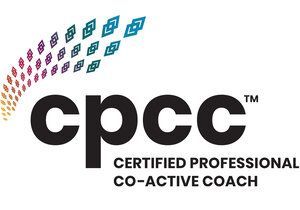Tips on how to ride Valentine's Day solo

Valentine’s Day can be a great moment to celebrate romantic love, but it can also bring up feelings of loneliness for those of us who do not have a partner to spend this holiday with. It is completely understandable that we might feel this way, but it does not mean that there is nothing we can do to feel better. Here are some tips on how to cope with these feelings of loneliness:
1. Shift your focus
Yes Valentine’s Day is centered around romantic partners, but this does not dictate who we focus our attention on. Allowing ourselves to remember that we have people in our lives who love us and whom we love (such as family members, friends, colleagues, neighbors, etc.), is a simple way to recognize that there is more love in our lives than we realize. If you think about it, these people are equally as significant in our lives as any romantic partner, and Valentine's Day can be the occasion to let them know. Perhaps, we could reach out to them and organize a get together to show each other the love and appreciation we might not get to express all of the time.
2. Don’t forget you can love yourself too!
While it is nice to spend Valentine’s Day with a significant other and feel their love, let’s not forget that we can be our own primary source of love. There is a quote by Samantha Jones in Sex and the City which summarizes this accurately: “I love you... but I love me more. I've been in a relationship with myself for 49 years and that's the one I need to work on”. What Samantha’s character is telling us is that romantic partners are important, but the love and appreciation we can show ourselves are the core of our wellbeing. At the end of the day, we are the only ones who know exactly what we need and we want to be loved!
3. Take social media with a pinch of salt
In the social media era, it might seem like everyone around us is in a happy relationship and is having a fantastic Valentine’s Day, but that is simply not the case. Remember that people only tend to share their happy moments on social media, no one wants to publicize feeling lonely and sad. Therefore we might be seeing a lot of posts of people enjoying their Valentine’s Day, but what we are not seeing are all the people who are not having a great day. This influx of flawed data fuels our feelings of loneliness and inadequacy. But, luckily, we can choose not to establish our personal narrative on biased information: if you notice that engaging on social media is causing you distress on this specific day, take a break from social media and be present in your three-dimensional life.
4. Spread your love
Once we have established that we are loved and that there might be other people out there who are feeling as lonely as us today, why not go out of our way to make someone else feel loved? It can be someone in our lives or even a stranger: doing something thoughtful for another individual will surely brighten their day and will likely leave us feeling much better as a result. Any act of kindness will do: from holding the elevator door for someone, to giving a support call to someone who is struggling, to spending our evening volunteering for someone in need. What will make a difference will be the sense of belonging and community we’ll receive from the act itself.
5. Remember, Valentine’s Day is just another day
Lastly, while there is so much fuzz around Valentine’s Day, let’s remember that this day is really just a day like any other, it is a social construct. As such, it only holds as much value as we assign to it, therefore it cannot have power over us if we do not allow it to.
Getting Help
If you're struggling with severe feelings of loneliness during this time, please reach out to our team of therapists, we are ready to support you.










